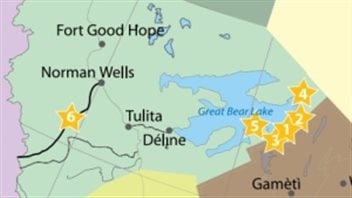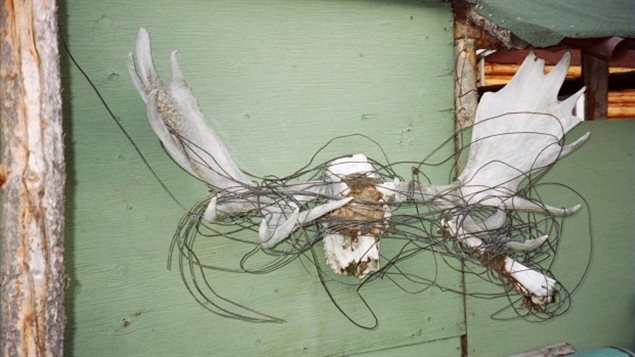At one time the project in the Yukon, was considered the biggest engineering project since the Panama Canal
It was called the Canadian Oil project, known now as the Canol pipeline or Canol Road, It was a 1,600 kilometre pipeline, road and telephone line through mountains, forest, swamp, muskeg, ice, blackflies and mosquitoes.

It was a joint effort by the U.S. and Canada to bring oil from the newly discovered Norman Wells oil strike to a refinery in Whitehorse, in case of a possible attack from Japan on Alaska.
Completed in 1943, it was abandoned just one year later.
At the time, it was not a priority to remove any leftover material, whether it be trucks, bulldozers, buildings, fuel, or anything else. For the decades after the war, it remained just to expensive.
In recent years an effort has been made to clean up such leftovers, Recently a programme to fully remove and clean up old Cold War radar sites across Nunavut territory.
However, one thing that wasn’t removed was the hundreds of kilometers of telephone wire. That wire is sometimes getting tangled in animals antlers or around their hooves or paws causing distress even death in some cases
Part of the Canol Road is now listed as the Yukon Heritage trail, a rugged 355 kilometre hiking trail from Norman Wells to the Yukon-Alaska border.
The government has the pipeline on its list of contaminated sites and has paid for wire to be cleaned up along the first 80 kilometres.
Norman Yakeya, Member of the Legislative Assembly for the Sahtu region says, “It really breaks your heart when you see those antlers all tangled up in those wires,” says the MLA for Sahtu. “The poor animals suffocated in that state there.”
. He says there are people ready to do go and clean up the wire and other materials, they just need the federal government to provide the money.
(with files from CBC)







For reasons beyond our control, and for an undetermined period of time, our comment section is now closed. However, our social networks remain open to your contributions.